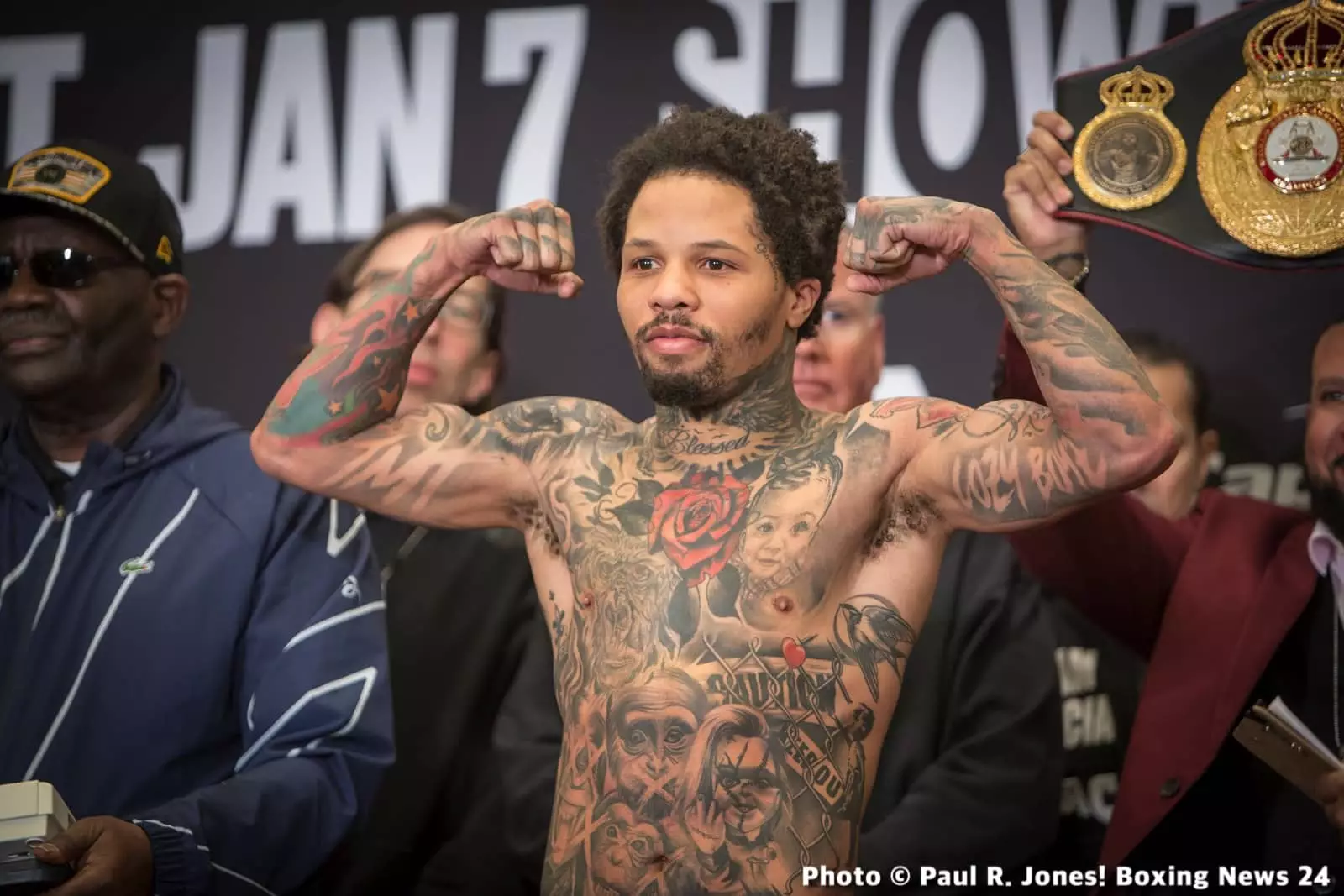A recent incident has sent shockwaves through both boxing fans and insiders alike. An apparent promotional slip-up on Netflix Turkey’s social media hinted at an upcoming blockbuster fight—Jake Paul versus Gervonta “Tank” Davis—on November 15 at Atlanta’s State Farm Arena. The post, which has since been deleted, seemed genuine, bearing Netflix’s verified badge and official branding, fueling speculation that this was no mere rumor. Its brief appearance, coupled with the absence of any official statement from Netflix or Paul’s promotional team, created a confusing yet intriguing situation that begged for deeper analysis.
The rapid removal of the post might suggest an internal oversight or a premature leak, but it also hints at a serious plan already in motion. Notably, reputable boxing journalist Mike Coppinger confirmed that sources indicated the fight was indeed being considered, emphasizing that the bout was set to be an exhibition streamed on Netflix. This pattern of leaks and ambiguous statements underscores a broader truth: the fight’s potential is too significant to dismiss outright—whether as an accidental slip or a calculated marketing strategy.
Boxing’s Climate and Strategic Timing
Timing in boxing is everything—fighters, promoters, and streaming platforms alike chase windows of opportunity to spark excitement and maximize revenue. With Davis’s recent momentum waning and Paul actively seeking high-profile opponents, this supposed matchup aligns perfectly with current industry dynamics. Davis has been rumored to pursue more crossover fights, while Paul remains eager to test his limits against established stars, even those outside traditional boxing pathways.
The choice of November 15 and the arena in Atlanta fit neatly into Netflix’s plan to create an event capable of capturing both digital audiences and traditional boxing fans. Netflix’s previous ventures into boxing—such as streaming Tyson’s exhibition or high-profile women’s bouts—have demonstrated its willingness to invest in combat sports. The leak, therefore, indicates a well-advanced negotiation process, where promotional tactics are used to gauge market interest and build hype.
The Fight’s Peculiarities and the Weight Disparity
What’s most striking about this potential matchup is its stark weight difference. Davis competes at 135 pounds and prides himself on his quick, knockout power. Conversely, Paul fights at cruiserweight, often carrying over 190 pounds. Even with catchweight negotiations, bridging this significant gap would be no trivial feat. Yet, modern boxing has shown a willingness to sideline traditional weight rules for the allure of big money and brand-building spectacle.
The notion of a “glamour fight” with a huge financial upside could justify such an imbalance. For Davis, it offers an opportunity to expand his brand beyond traditional weight classes, while Paul’s appeal as a crossover star relies heavily on high-grossing, high-visibility events. If executed, this bout would exemplify boxing’s willingness to blur lines—turning the sport into entertainment first, sport second.
Implications for the Future of Combat Sports
If confirmed, this fight could be a defining moment, signaling a shift towards boxing that prioritizes spectacle and crossover appeal over traditional competitive integrity. It raises questions about the sport’s future—will fighters increasingly chase fame and financial gains at the expense of classically established weight divisions? Or is this merely a one-off event crafted to generate buzz and revenue?
The buzz around this leak emphasizes that the lines between sport and entertainment are blurring more than ever. Pressure from streaming platforms, social media, and fighter branding revamps boxing into a hybrid arena where celebrity and athleticism collide. As skeptics question the legitimacy and sporting value of such matchups, supporters see it as a natural evolution—embracing the modern demand for spectacle, global viewership, and viral moments that keep boxing relevant in a crowded entertainment landscape.

